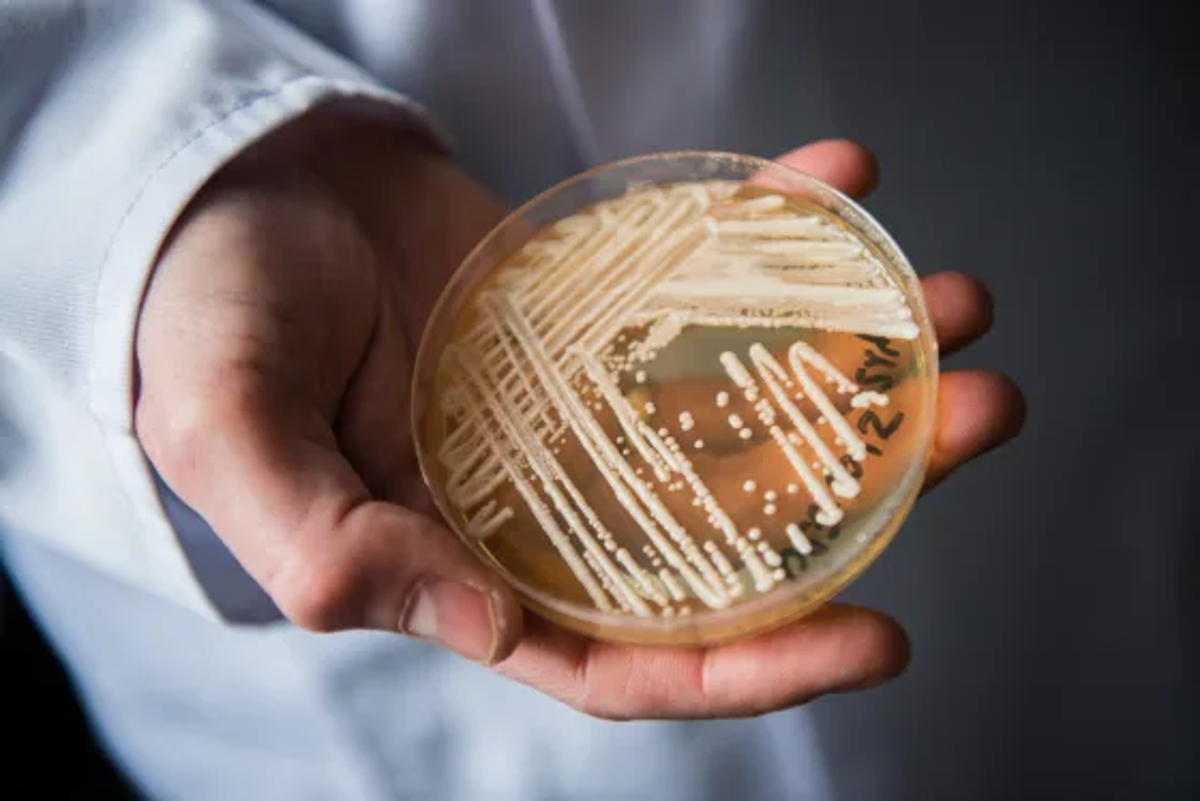
Health authorities in Nevada are screening patients in hospitals to contain a fungus “superbug” that has risen to higher levels than any other state in the US.
Extensive measures have been taken due to southern Nevada being named the largest hotspot for Candida auris, a fungus that “presents a serious global health threat,” where their numbers are still continuing to rise, according to the Centers for Disease Control and Prevention (CDC).
As a result, Nevada’s healthcare department has rolled out a scheme to let high-risk patients be voluntarily screened before being admitted into hospitals, which they hope will help protect people at the hospital who already have underlying health conditions, the Las Vegas Review-Journal reports.
At the Sunrise Hospital and Medical Center in Nevada, when a patient is admitted, their skin is swabbed. If they test positive for the fungus colonising on their skin, they are put in isolation with advanced disinfection technology, which disperses dry hydrogen peroxide through the air, the outlet reports.
This routine was put in place after Nevada’s congressional delegation signed a letter to the CDC in April this year, asking the agency to help them “swiftly deliver necessary resources to the public health professionals and health care providers in Nevada on the front lines of this outbreak,” the news site reports.
The delegation said they wanted to plan how to deal with this invasive fungus.
No formal plan was developed, but the state’s healthcare programme still worked closely with the CDC, which provided training and infection control assessments at two facilities to carry out the screenings.
The outlet also stated that £6.8 million from the American Rescue Plan Funding given to the state for various other reseasons has also gone towards detection and prevention measures, such as larger laboratories, to try to keep the bug under control.
As of December 2022, Nevada topped the CDC’s list of states with the most clinical cases with 384 reported incidents, yet it is estimated that since August 2021, when the bug first case appeared in the state, 904 clinical cases have been recorded, according to the Las Vegas Review-Journal.
However, the ever-increasing numbers in Nevada may be down to the state’s swift action on screening people for the disease, which produced more data results, Dawn Cribb, a spokesperson for Nevada’s Department of Health and Human Services, told the outlet.
The federal health authority said that cases of this fungus continue to rise year by year as the illness is spread across the country, however, it is unclear how many states also screen for Candida auris.
Candida auris, discovered in 2009, is a type of yeast that is particularly serious for people with pre-existing health issues and can spread quickly among patients in healthcare facilities as it is often resistant to antifungal medicines, the CDC said.
People can get the fungus on their skin without getting sick, called “colonisation,” but can continue to spread it onto surfaces and objects without knowing.
A person who comes into contact with this fungus may experience infections in their bloodstream, open wounds or ears; the more invasive the infection gets, the more life-threatening it is, the CDC states.
There were over 2,300 reported cases of Candida auris in 2022 across the US— (Centres for Disease Control and Prevention)
If someone picks the fungus up from a surface and gets infected, a healthy person may not be at as much risk, but people who routinely use breathing or feeding tubes or catheters for other health conditions may be more susceptible.
According to the CDC, More than one in three patients with invasive Candida auris infection, for example, one that affects the blood, heart, or brain, die.
A representative of the Nevada Department of Health and Human Services said earlier this year, according to the Los Angeles Review-Jounal, that as of late March, there had been 103 deaths related to Candida auris in Southern Nevada.
Yet Ms Cribb explained that her division no longer reports the deaths linked to the fungus.
“It is extremely difficult to determine whether deaths among such patients are attributable only to Candida auris and not due to a pre-existing condition,” she said to the outlet.
“In addition, there is no national case definition for a death caused by C. auris.”
While the national numbers may only be an estimate, factoring in what states screen for the illness and who reports deaths, the CDC says that it is a “serious illness” that can severely affect people with underlying health conditions.
The federal department recommends that civilians and healthcare staff clean their hands before and after coming into contact with Candida auris patients and routinely disinfect objects and rooms with special products.







